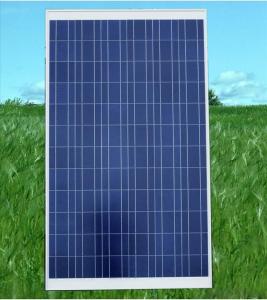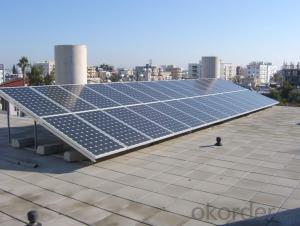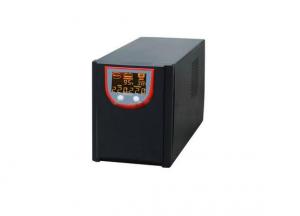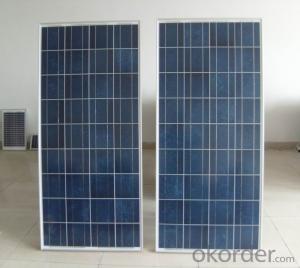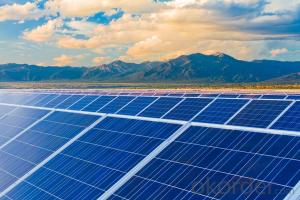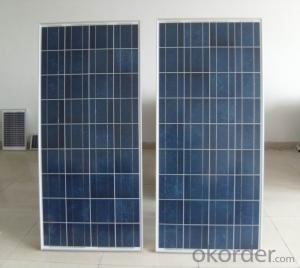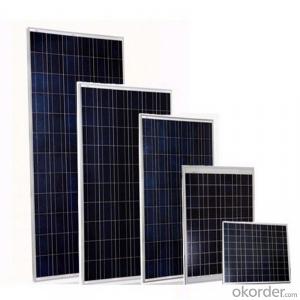Polycab Solar Inverter
Polycab Solar Inverter Related Searches
Solar Photovoltaic Inverter Solar Inverter Pcb Kit Solaris Solar Inverter Power Solar Inverter Solar Solar Inverter Pcs Solar Inverter Solar Inverter Pcb Board Portable Solar Inverter Solace Solar Inverter Solar City Inverter Portable Solar Power Inverter Bipolar Solar Inverter Inverter Solar Solar Pcu Inverter Sunpower Solar Inverter Phocos Solar Inverter Panel Solar Inverter Apc Solar Inverter Portable Solar Panel Inverter Solar Charge Inverter Solar Rechargeable Inverter Power Inverter Solar Solar Powered Inverter Suntech Solar Inverter Solar Panel Inverter Solar Plant Inverter Solar Powered Power Inverter Bp Solar Inverter Powmr Solar Inverter Solar Smart InverterPolycab Solar Inverter Supplier & Manufacturer from China
Polycab Solar Inverter is a range of high-quality solar power inverters designed to convert the energy generated by solar panels into usable electricity for homes and businesses. These inverters are engineered with advanced technology to ensure maximum efficiency and reliability, making them a popular choice among solar energy enthusiasts and professionals alike. They are available in various capacities and configurations to cater to different energy requirements and system sizes.The Polycab Solar Inverter is widely used in residential and commercial settings where solar power is harnessed to reduce electricity bills and minimize environmental impact. These inverters play a crucial role in solar energy systems, as they convert the direct current (DC) generated by solar panels into alternating current (AC) that can be used by electrical appliances and devices. They are also equipped with features such as monitoring and protection mechanisms to ensure the safety and longevity of the solar power system.
Okorder.com is a reputable wholesale supplier of Polycab Solar Inverter, boasting a vast inventory of these high-performance devices. As a leading online platform for industrial and electronic components, Okorder.com offers competitive prices and reliable service, making it a go-to destination for businesses and individuals seeking to purchase Polycab Solar Inverters in bulk. With a commitment to quality and customer satisfaction, Okorder.com ensures that each Polycab Solar Inverter is thoroughly inspected and tested before being shipped to customers worldwide.
Hot Products
